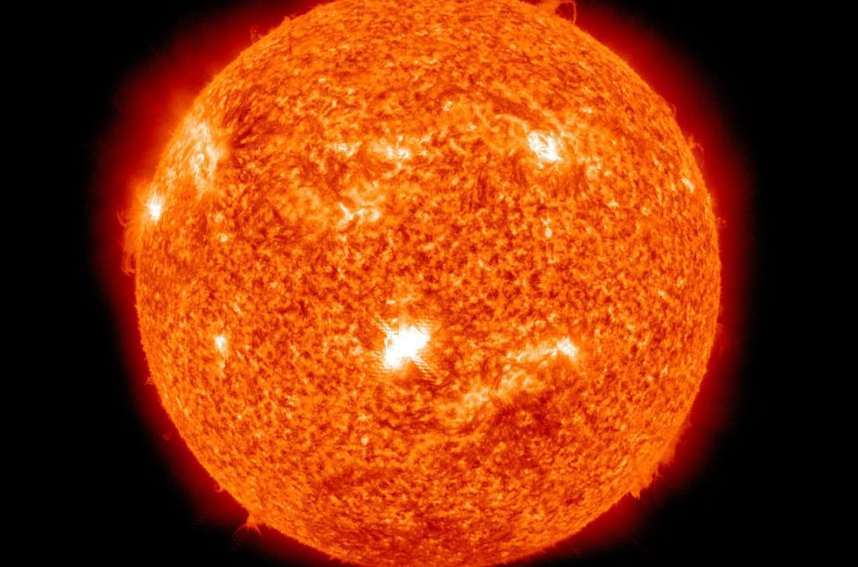Luminous Objects/Bodies
Luminous objects, also known as luminous bodies, are entities that emit their own light. This light can be generated through various mechanisms, including chemical reactions, thermal radiation, or nuclear processes.
Key takeaways
- Luminous objects are those that emit light of their own. They generate and radiate light due to chemical reactions, electrical excitation, or other processes happening within them.
- Luminous objects can cause the sensation of light.
- Luminous objects are visible as they emit light of their own.
- Examples of luminous objects include the sun, stars, light bulbs, and fireflies. These objects produce light energy internally.

The sun, an example of a luminous object
Non-luminous Objects/Bodies
Non-luminous objects or bodies are entities that do not emit their own light but instead reflect or transmit light from other sources. Understanding the properties and behavior of non-luminous objects is essential for scientific research, astronomical observations, and technological advancements.
Key takeaway
- Non-luminous objects/bodies are bodies/objects that do not give out or emit light of their own.
- Non-luminous objects do not cause the sensation of light.
- Non-luminous objects are visible because of luminous objects.
- Most objects around us are non-luminous. They become visible to our eyes when light from a luminous source (such as the sun or a lamp) falls on them and is reflected into our eyes.
- Examples of non-luminous objects include tables, chairs, books, and the moon. They do not produce light but become visible due to the light they reflect or transmit.

The Moon, an example of a non-luminous body
Also Read: Difference Between Luminous And Non-Luminous Flame
Luminous vs Non-Luminous Bodies: Key Takeaways
| BASIS OF COMPARISON | LUMINOUS BODIES/OBJECTS | NON-LUMINOUS OBJECTS/BODIES |
| Description | Luminous objects/bodies are Objects/bodies that do not give out or emit light of their own. | Non-luminous objects/bodies are bodies/objects that do not give out or emit light of their own. |
| Sensation Of Light | Luminous objects can cause the sensation of light. | Non-luminous objects do not cause the sensation of light. |
| Visibility | Luminous objects are visible as they emit light of their own. | Non-luminous objects are visible because of luminous objects. |
| Examples | Examples of luminous objects include: Sun, Stars, Candle, Oil lamp, Torch, Electrical bulb, Glowing insects, tube light etc. | Examples of non-luminous objects/bodies include: Earth, Moon, Piece of cloth, Coal, Table, Chair, Eraser, Pen, Pencil etc |
Comments are closed.